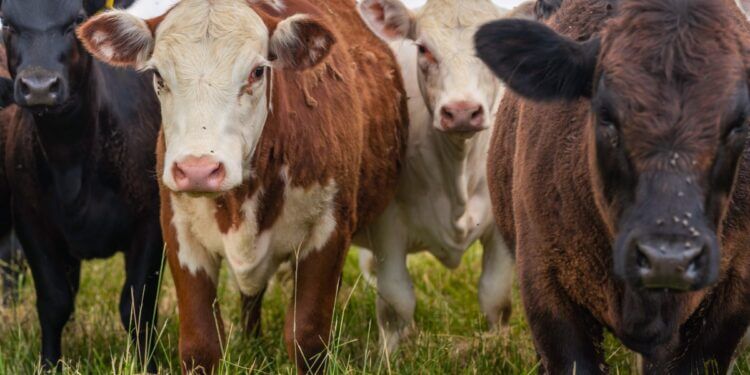A new tick-borne disease is killing cattle in the US
In the spring of 2021, Cynthia and John Grano, who own a cattle operation in Culpeper County, Virginia, started noticing some of their cows slowing down and acting “spacey.” They figured the animals were suffering from a common infectious disease that causes anemia in cattle. But their veterinarian had warned them that another disease carried by a parasite was spreading rapidly in the area.
After a third cow died, the Granos decided to test its blood. Sure enough, the test came back positive for the disease: theileria. And with no treatment available, the cows kept dying.
Cattle owners like the Granos are not alone. Livestock producers around the US are confronting this new and unfamiliar disease without much information. Researchers still don’t know how theileria will unfold, even as it quickly spreads west across the country. If states can’t get the disease under control, then nationwide production losses from sick cows could significantly damage both individual operations and the entire industry.
—Britta Lokting
Super-hot salt could be coming to a battery near you
The world is building more capacity for renewables, especially solar and wind power that come and go with the weather. But for renewables to make a real difference, we need better options for storing energy. That’s where batteries come in. And handily, there’s a wave of alternative chemistries slowly percolating into the growing energy storage market.
Some of these new players could eventually be cheaper (and in various ways, better) than the industry-standard lithium-ion batteries. Among the most promising is molten salt technology, which Ambri, a Boston-area startup, is convinced could be up to 50% cheaper over its lifetime than an equivalent lithium-ion system.
But, like its rivals experimenting with other forms of energy storage, Ambri is facing real barriers to adoption, with scaling presenting the main, ever-present hurdle
—Casey Crownhart
Scientists have known for years that light pollution is growing and can harm both humans and wildlife. In people, increased exposure to light at night disrupts sleep cycles and has been linked to cancer and cardiovascular disease, while wildlife suffers from interruption to their reproductive patterns, increased danger and loss of stealth.
Astronomers, policymakers, and lighting professionals are all working to find ways to reduce light pollution. Many of them advocate installing light-emitting diodes, or LEDs, in outdoor fixtures such as city streetlights, mainly for their ability to direct light to a targeted area. But the high initial investment and durability of modern LEDs mean cities need to get the transition right the first time or potentially face decades of consequences.
—Shel Evergreen





